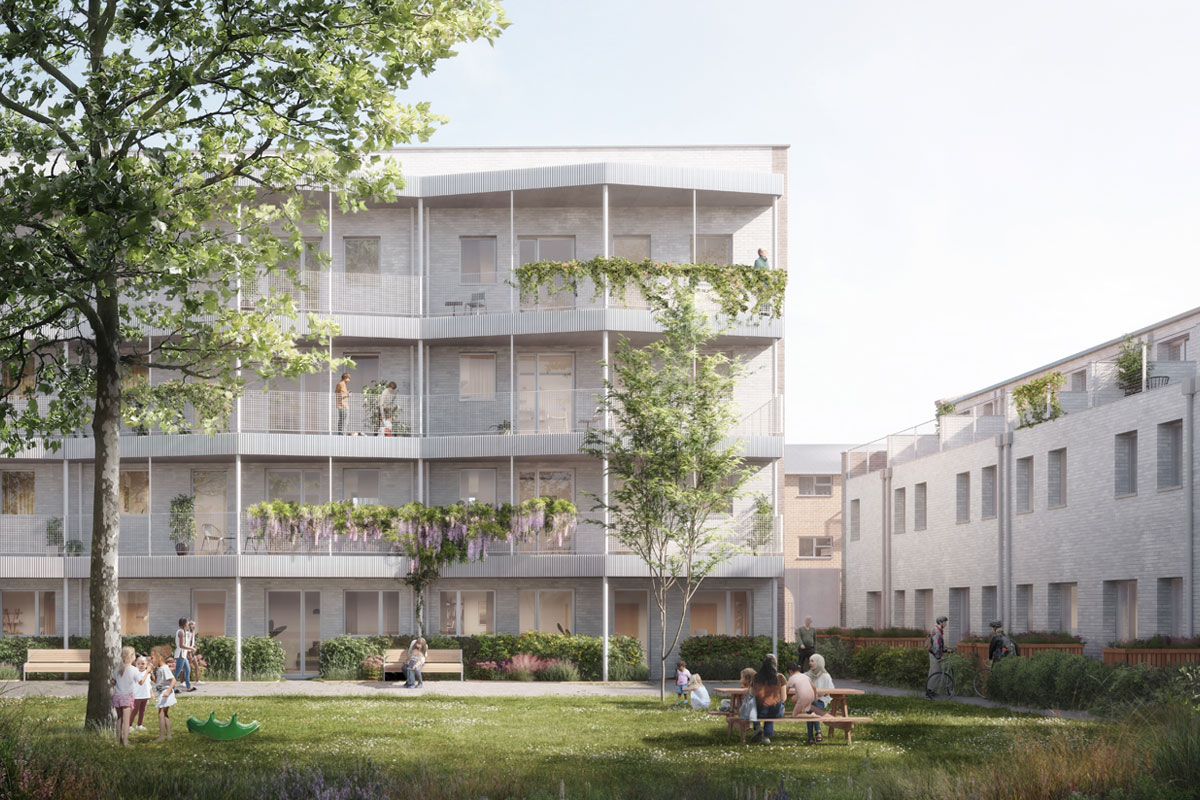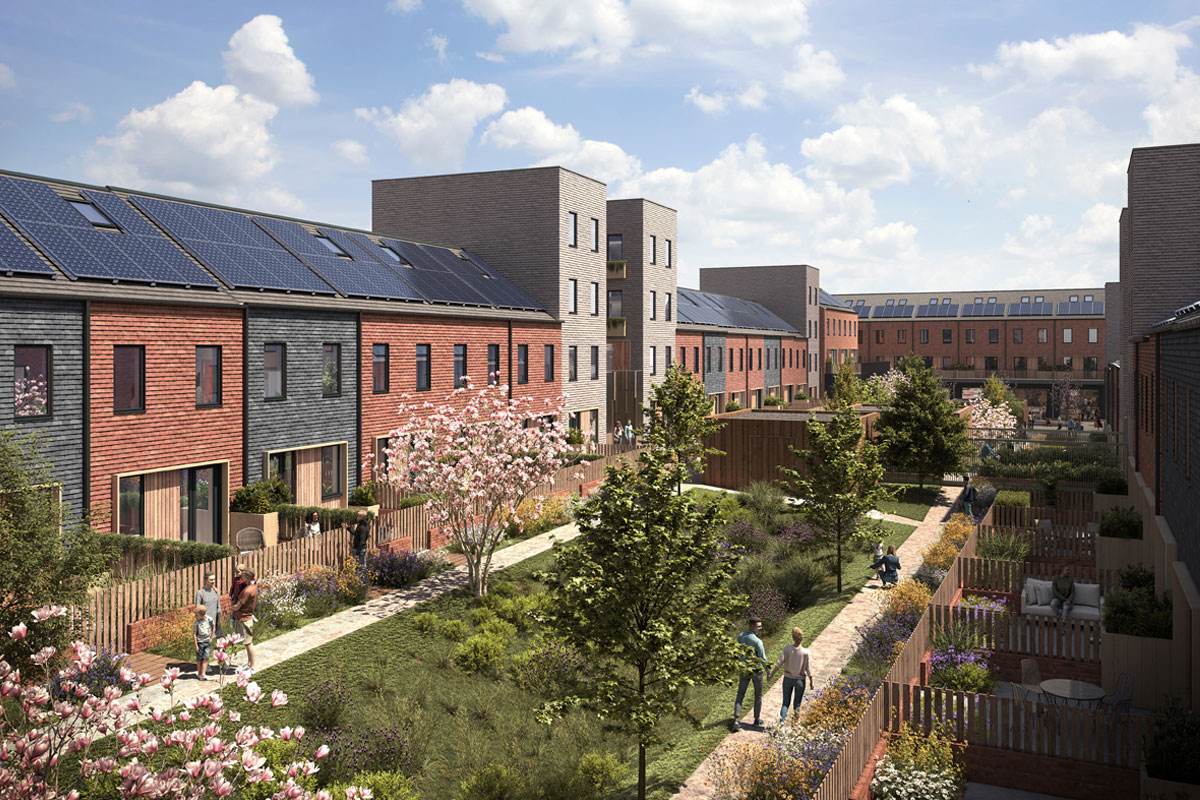29th January 2018
(NOT) WALKING INTO A CRISIS.
29th January 2018
(NOT) WALKING INTO A CRISIS.
Share
One in three adults in England did not manage to walk for at least 10 minutes once a week during 2015-16. Between 2005 and 2015, the average distance walked per week decreased by 8% and walking journeys decreased by a whopping 19%.
These are the lowlights picked out by the Chartered Institute of Highways and Transport, a professional engineers’ body, from the latest Department for Transport release of walking and cycling statistics, covering up to 2016.
The picture for cycling is scarcely better. The average annual distance cycled rose by a quarter over the decade to 2015, but the average person made 16% fewer cycling trips, suggesting cycling is an activity whose appeal is deepening in certain places (mainly London) and among certain groups (brave or foolhardy, mostly male, commuters) but is not achieving broad appeal and, in many places, is going backwards.
This speaks of a clear and present public health crisis: it’s now commonly accepted that active travel is the most effective way of integrating physical exercise into our everyday lives and has huge mental health benefits as well as reducing the risk of many diseases (see for example Lucy Saunders’s excellent work on healthy streets). Regular walking or cycling keeps us fit and healthy; car-dependence make us fat and miserable.
This state of affairs is all the more remarkable when we consider the context for planning and transport in the period 2005-15. Following the Urban Task Force report, which put the walkable neighbourhood and planning around accessibility (rather than mobility) at the intellectual centre of planning, and Labour government reforms which were supposed to promote compact, connected, environmentally responsible development – not to mention record spending on regeneration and infrastructure – this ought to have been a period during which the fruits of better planning and smarter transport policy were borne. We should have been seeing new development taking the form of mixed-use, walkable places where people could live, work, shop and so on without routinely depending on the car. We should have been seeing radical shifts in mode share within established parts of towns and cities as public transport improved and the ease and attractiveness of doing short journeys on foot or bike supposedly grew.
And, of course, in some places we did. London, not coincidentally granted effective governance capacity and resources denied to city-regions arguably in greater need, has seen something approaching a revolution in its transport habits; and marginal gains have been made in other cities where 20mph speed limits, gradually improving cycle infrastructure, public realm improvements and new transit schemes have nudged people towards alternatives without risking unduly painful confrontation with “the motorist”. But that they are averages makes these figures all the more alarming: where are the places where walking and cycling prevalence has been declining so rapidly that these hard-won successes are lost against a backdrop of national failure?
It seems that the language of planning and urban policy changed without much tangible practical change. “Sustainable development” was everywhere but the first concern of any planning application remained how you would achieve access for vehicles and not harm the road network (meaning slow down the journeys of people who already have houses and are similarly unable or disinclined to walk). Instead of rethinking their model, volume housebuilders took the rise out of PPS3 density targets by cramming tiny single-aspect flats in alongside their usual land-hungry ‘executive’ product. Manchester’s failed referendum on transport investment in return for congestion charging showed that a carrot-led, something-for-something approach wouldn’t wash if accompanied by the slightest swish of the stick against drivers’ backsides. In my own city, Newcastle, one of the few provincial conurbations with proper rail-based urban transit (around which it nonetheless largely declines to plan), a big upgrade of the city centre’s public realm couldn’t stem the bleed of jobs into neighbouring authorities’ Enterprise Zone-subsidised business parks; and the signs on every approach road advertising the existence of 10,000 parking spaces in the city centre remain unmoved. Perhaps the crowning irony was eco-towns: new settlements, mostly still unbuilt, many in remote locations such as old airfields, whose main totem of sustainability was that fully 40% of land use would have to be green space (i.e. the opposite of compact, connected, walkable settlements).
Like all British pathologies, this has a class dimension. The aspirant C1/C2 households of successive governments’ “hard-working families” lore, who are deemed to make the political weather, are also presumed to think that public transport is for suckers and cycling is for lycra-clad weirdos: car is status symbol, or even destiny (or so people might ponder, sitting in their mock-tudorbethan house contemplating a growing waistline and tomorrow’s solitary crawl towards the spine road). The notion that the actualisation of working and lower middle class aspiration might require more, and more prescriptive, planning – and of cities and towns and neighbourhoods as a whole, not just where to stick the next blob of houses – remains the preserve of the sort of experts we have apparently had enough of.
In 2017 even “sustainable development” is reduced to meaning that a council is meeting its housing targets and the proposed estate isn’t in a bit of landscape that will upset a community’s staunchest insiders. “Garden villages” – the eco-town idea reheated minus the critical scale to support local services – are the planning zeitgeist. We are confronted with the possibility that we may actually have passed a peak of progressive urban planning, and that far from hitting bottom these stats are destined to worsen.
If this all sounds utterly gloomy, it’s because – juxtaposed against coverage of another crisis in the NHS – it is. Obsessed with funding cure, we neglect prevention. Still less are we able to conceive of the idea that healthier lives might be better in other ways: that more walking might mean more face-to-face contact, opportunities for exchange and greater social cohesion; not to mention cleaner air and perhaps even a slightly less rapidly changing climate.
The boot will eventually be on the other foot, though; and when it is, the promotion of walking and cycling should above all else be the organising principle behind a new wave of progressive urban planning with an agenda to replace our obesogenic development culture with one that unifies social, environmental, economic and public health goals. What would this agenda look like? Well, three essential bits could be:
- Every significant settlement to have a unified city or town plan which zones development land based on the promotion of walkable mixed-use environments and according to the needs of the settlement rather than the will of the landowner;
- Progressive, settlement-wide mode share targets and assessment of infrastructure proposals and planning applications (and prioritisation of spend) based on their contribution to those outcomes, applying the modal hierarchy that puts pedestrians at the top; and
- Implementation of ‘healthy streets’ principles in the design and redesign of new and existing infrastructure.
At TOWN, we try to make sure our projects contribute to the places they’re located as though these principles were already embedded. We’re fortunate that our first built scheme, Marmalade Lane, is in Cambridge, where cycling culture is perhaps more prevalent than in any other British city, and that we’re working with K1 Cambridge Cohousing, who were only too keen for us to hold back on the car parking in favour of providing a secure bike spot for every bed space.
Any development can only ever hope to make a small contribution to the movement economy of a settlement, and no project is an island; but as we try to adopt a similar ethos on forthcoming projects in other locations, we hope to create some examples for reference in a future, more humane planning culture.
Neil Murphy



